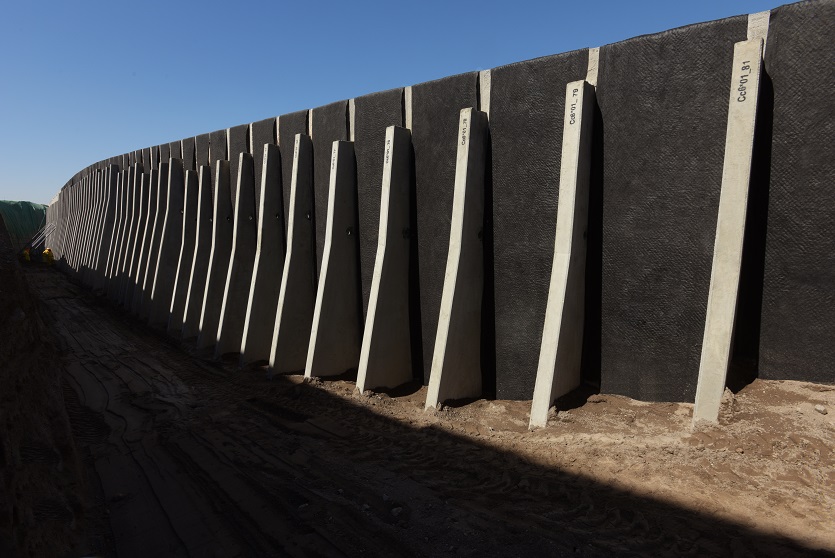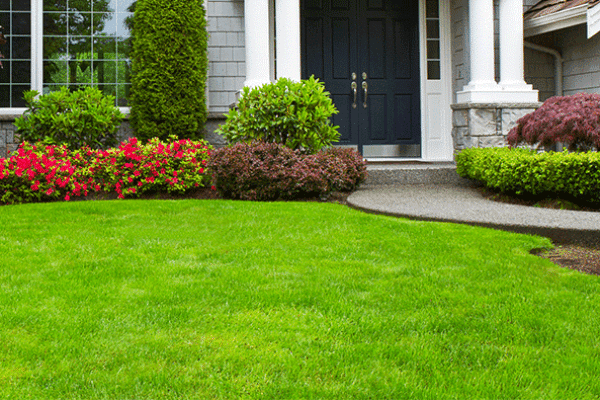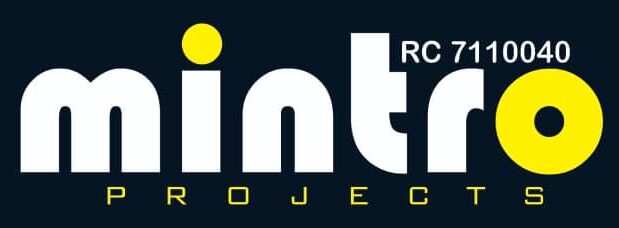Table of Contents
Introduction: Types of Roofing in Nigeria
The roof of a building serves as its protective shield against the elements, providing shelter and contributing significantly to the overall aesthetics and structural integrity. The choice of roofing types plays a crucial role in determining the durability, energy efficiency, and visual appeal of a structure. We’ll talk about the best roofing styles in Nigeria
Gable Roof
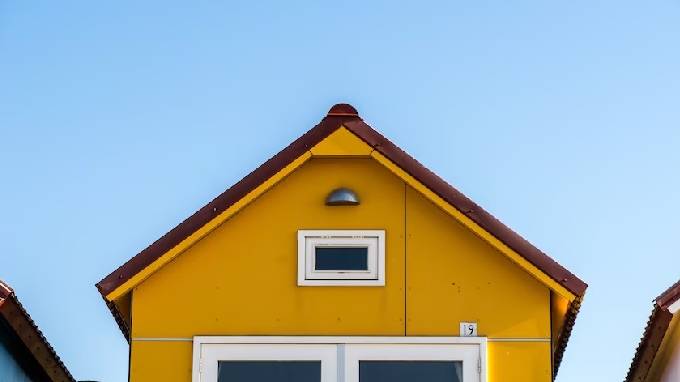
When talking about the types of roofing in Nigeria, A gable roof is a popular and one of the modern roofing in Nigeria characterized by two roof sections sloping in opposite directions, meeting at the top to form a triangular shape known as a gable. This architectural design has been utilized for centuries and is recognized for its simplicity and effectiveness in shedding water and snow. Let’s delve into the various components, styles, and characteristics of gable roofs.
Pros:
- Aesthetic Appeal: Gable roofs offer a classic and timeless appearance, making them a popular choice for many architectural styles.
- Excellent Water Drainage: The steep slopes allow rainwater and snow to easily run off, preventing water accumulation and potential leaks.
- Ventilation Opportunities: The triangular shape creates space for ventilation, helping regulate temperature and reduce the risk of moisture-related issues.
Cons:
- Wind Vulnerability: Gable roofs can be prone to wind damage in regions with strong winds or hurricanes due to their triangular shape.
- Limited Attic Space: The sloping sides may limit usable space in the attic compared to other roof styles like hip roofs.
- Maintenance Challenges: The vertical ends of gable roofs, called gable ends, may require additional maintenance, as they are exposed to the elements and may deteriorate over time.
Mansard Roof
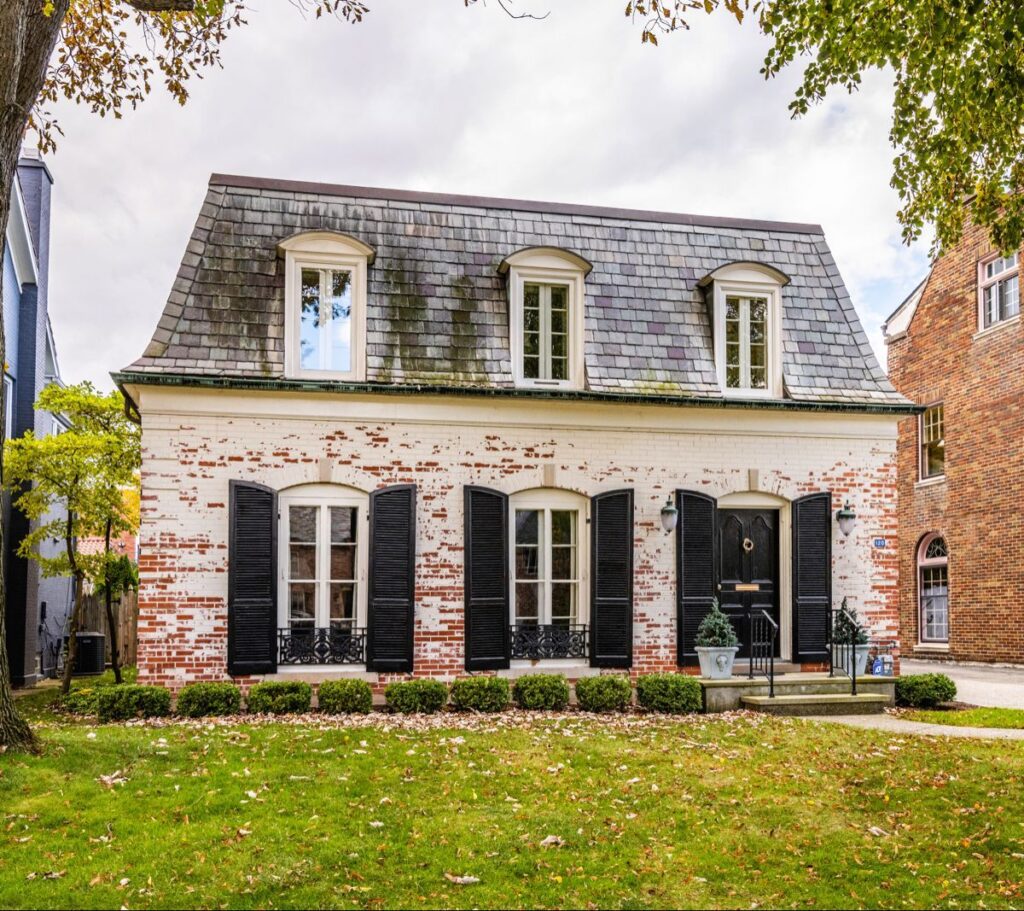
This is one of the unique roof designs in Nigeria. A mansard roof is a distinct roofing style characterized by its four slopes – two on each side of the house. The lower slopes are steeper, often nearly vertical, while the upper slopes are much shallower. This design creates a distinct box-like appearance and offers additional living space within the attic. Let’s explore the basic pros and cons of a mansard roof
Pros:
- Extra Living Space: The steep lower slopes provide more space within the attic, allowing for additional rooms or storage.
- Aesthetic Appeal: Mansard roofs are known for their classic and elegant appearance, adding charm to various architectural styles.
- Versatility in Design: Mansard roofs can be adapted to different architectural designs, making them a versatile choice.
Cons:
- Cost: Construction of a mansard roof can be more expensive due to its complex design and additional framing required.
- Maintenance Challenges: The intricate design may pose challenges for maintenance and repairs, particularly for the steep lower slopes.
- Weathering Risks: The nearly vertical lower slopes may be more exposed to weathering and could require extra attention to prevent water infiltration.
In essence, mansard roofs provide extra living space and an attractive appearance, but they may come with higher construction costs and maintenance challenges.
Hip Roof

A hip roof is a roofing style with slopes on all four sides, meeting at a common point, creating a gentle slope without any vertical ends. This design is characterized by its pyramid-like shape. Let’s explore the fundamental pros and cons of a hip roof:
Pros:
- Stability: Hip roofs are known for their stability and ability to withstand various weather conditions, including high winds.
- Aesthetic Versatility: The symmetrical design of hip roofs complements a variety of architectural styles, adding a classic and timeless aesthetic.
- Good Drainage: The slopes on all sides facilitate effective water drainage, preventing water pooling and potential leaks.
Cons:
- Complex Construction: The construction of a hip roof can be more complex compared to simpler roof designs, potentially leading to higher initial costs.
- Limited Attic Space: The inward slope of the roof may limit attic space compared to other designs like gable roofs.
- Ventilation Challenges: Achieving proper ventilation in the attic space of a hip roof can be more challenging due to the inward slope.
In summary, hip roofs offer stability, aesthetic versatility, and effective drainage, but they may involve more complex construction and have limitations in attic space and ventilation.
Shed Roof

A shed roof is a simple, single-sloping roof design, resembling a tilted plane. Here are the basic pros and cons:
Pros:
- Simplicity: Shed roofs are easy to design and construct, making them cost-effective.
- Modern Aesthetic: The minimalist design often complements modern architectural styles.
- Easy Maintenance: Due to its straightforward design, shed roofs are generally easy to maintain.
Cons:
- Limited Space: The single slope may limit interior space compared to roofs with multiple slopes.
- Drainage Issues: Without proper design, water drainage can be uneven, leading to potential leaks.
- Aesthetic Subjectivity: While modern, some may find the appearance less traditional or visually appealing.
In summary, shed roofs are simple, cost-effective, and modern, but they may have limitations in interior space and drainage without careful design considerations.
Flat Roof
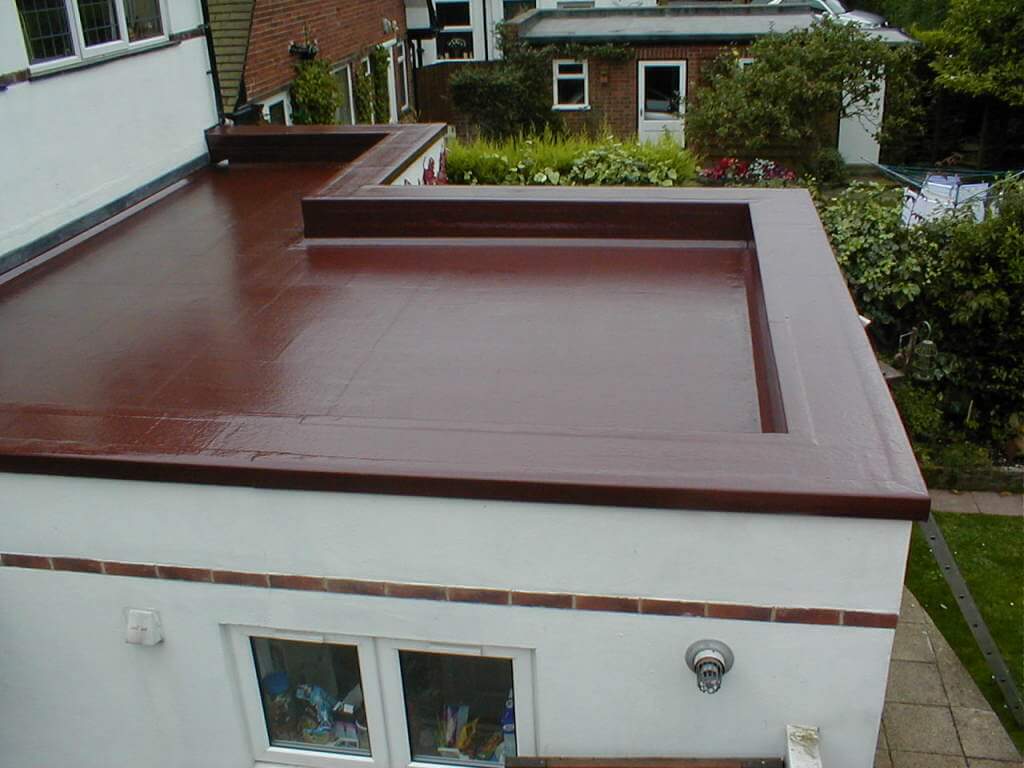
A flat roof is a horizontal or nearly horizontal roof with a slight slope for water drainage. it is not really flat as the name suggest, it usually has a slope of around 10 degrees that allow water to run-off. They are usually used in commercial buildings.
Pros:
- Cost-Effective: Flat roofs are generally more affordable to construct due to their straightforward design.
- Utilization of Space: The flat surface allows for the efficient use of rooftop space for various purposes, like a rooftop garden or solar panels.
- Easy Maintenance: With easy access, maintenance tasks like cleaning and repairs are more straightforward.
Cons:
- Drainage Challenges: Proper drainage is crucial; otherwise, water pooling can occur, leading to leaks and potential damage.
- Durability Issues: Flat roofs may be more prone to wear and tear, especially in extreme weather conditions.
- Limited Aesthetic Variety: Some find flat roofs less visually interesting compared to sloped or pitched roofs.
You might need to check out our useful tips on how to prevent roof leakages here
We hope you find this content useful. Please kindly take time to follow us on on facebook, and instagram.
